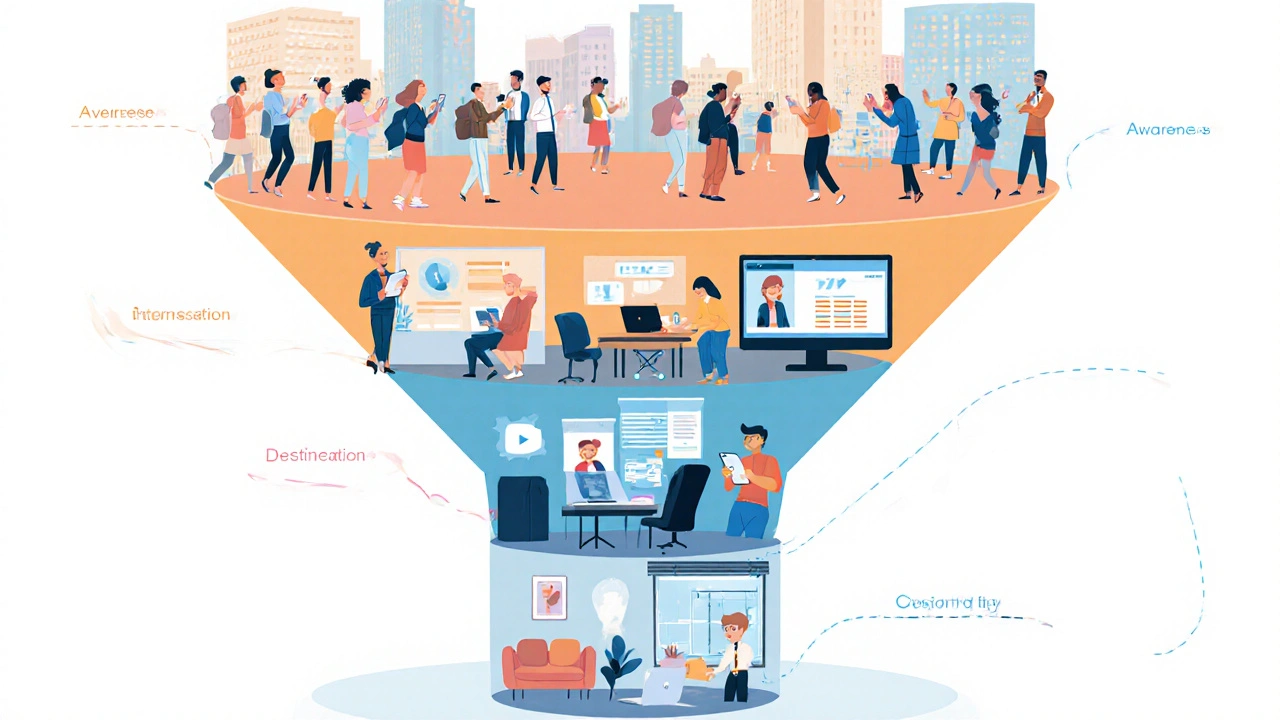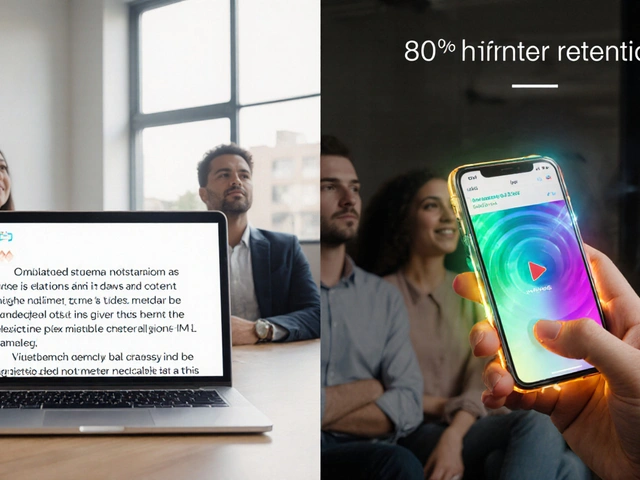Funnel Strategy
When working with funnel strategy, a systematic plan that moves prospects from awareness to purchase. Also known as sales funnel, it maps each touch‑point so you can see where people drop off and where they convert. A well‑designed funnel connects the marketing mix, the set of tactics covering product, price, place and promotion with the journey steps, ensuring every piece works toward the same goal.
One of the most powerful ways to feed a funnel today is video marketing, using video content to attract, inform and persuade leads. Videos grab attention faster than text, explain complex ideas in seconds, and keep viewers engaged long enough to move them deeper into the funnel. When you pair video with clear ROI, the return on investment metric that measures profit versus spend, you can prove which pieces of content actually drive sales and cut waste.
Key Elements That Make a Funnel Work
First, define the entry point. Whether it’s a blog post, a paid ad, or a social‑media video, the entry must speak directly to the target audience’s pain point. Next, build a nurture stage that delivers value—think tutorial videos, case studies, or email sequences that address objections. Finally, create a conversion hook such as a limited‑time offer or a demo request. Each stage needs its own conversion rate target so you can track progress and adjust tactics.
Data fuels every decision in a funnel. By tracking metrics like click‑through, view‑through, and purchase rates, you can spot bottlenecks. For example, if a video advert gets high views but few sign‑ups, the problem likely lies in the call‑to‑action or the landing page. Tweaking the messaging or adding a stronger incentive can lift the conversion rate dramatically. The goal is to turn raw numbers into actionable insight, and that’s where ROI calculations become critical.
Another often‑overlooked piece is the alignment with the broader marketing mix, ensuring product features, pricing, distribution channels and promotional tactics all support the funnel flow. If the price point is out of sync with the perceived value delivered in the video, prospects will bounce before the decision stage. Likewise, poor distribution—like hosting a video on a platform your audience never uses—breaks the funnel before it even starts.
Automation tools can streamline the hand‑off between stages. A CRM can tag a viewer who watched 75% of a video and automatically add them to a nurture email series. This kind of lead scoring ties directly back to ROI because you can attribute revenue to specific touch‑points in the funnel. When the data shows a clear path from video view to purchase, you have proof to invest more in that content type.
Testing is the final pillar. Small A/B tests on video thumbnails, headline copy, or button colors reveal what resonates most with your audience. Each test updates the funnel’s performance model, sharpening your ROI estimates and helping you allocate budget where it matters most.
Below you’ll find a curated set of articles that dive deeper into each of these areas—video creation tips, ROI measurement guides, conversion‑rate hacks, and ways to align your marketing mix with a high‑performing funnel. Use them as a toolbox to design, measure, and optimize your own funnel strategy for real business growth.
22
Marketing Funnel Explained: What Is Funneling and How It Works
Learn what funneling means in marketing, how video fits each stage, and step‑by‑step tactics to build a high‑converting marketing funnel.
Latest Posts
Popular Posts
-
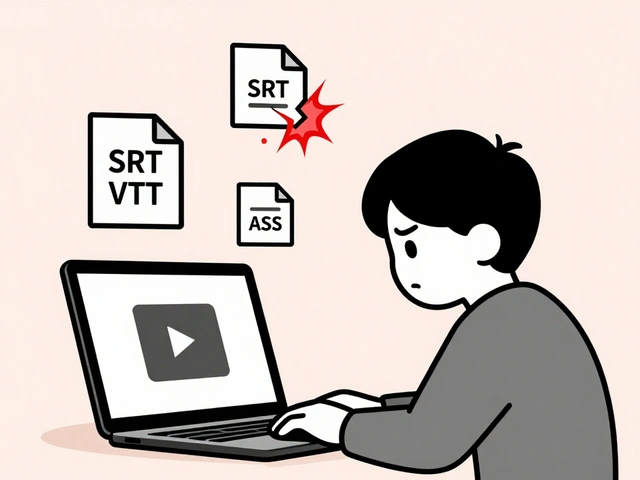 Why Subtitles Aren't Working: Fix Common Video Text Issues
Why Subtitles Aren't Working: Fix Common Video Text Issues
-
 Data Management: DIT, Backups, and Archival Best Practices for Video Teams
Data Management: DIT, Backups, and Archival Best Practices for Video Teams
-
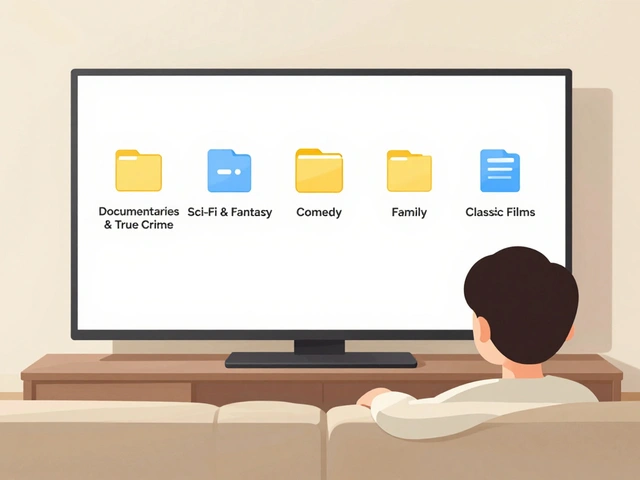 App Layout Strategies: Organize Streaming Services by Genre and Use
App Layout Strategies: Organize Streaming Services by Genre and Use
-
 Paramount+ with Showtime vs. Peacock Premium vs. ESPN+: Which Sports Add-On Fits Your Viewing Habits?
Paramount+ with Showtime vs. Peacock Premium vs. ESPN+: Which Sports Add-On Fits Your Viewing Habits?
-
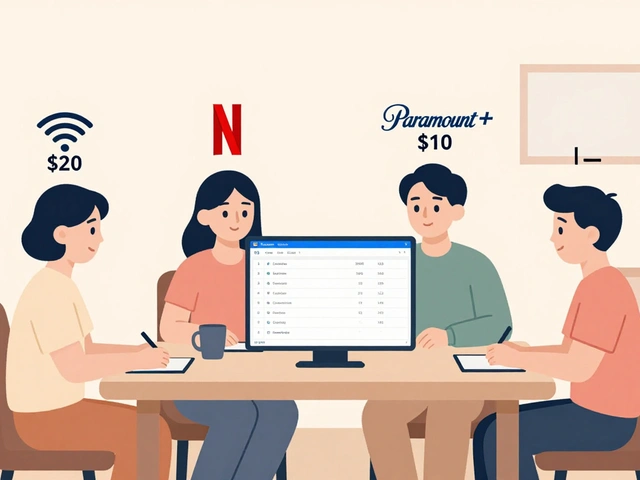 How Roommates Can Fairly Share Wi-Fi and Streaming Costs
How Roommates Can Fairly Share Wi-Fi and Streaming Costs
